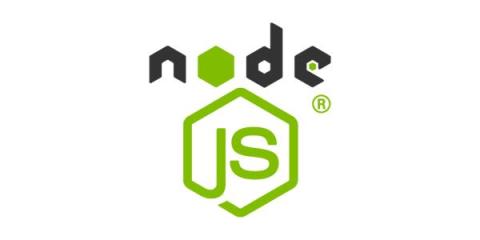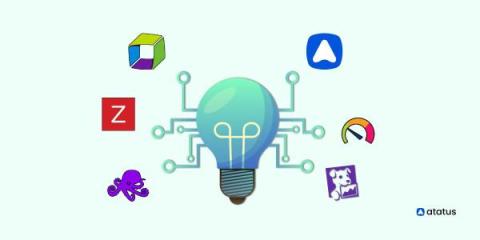Improving your on-call schedule with runbooks
Incidents are a stressful time for your team: your service isn't working the way you expect and your customers/stakeholders want to know what's going on. The last thing you want to do is let your team improvise everything when it comes to responding to incidents. Google's own SRE book has great overall tips for incident management, part of which involves "develop(ing) and document(ing) your incident management procedures in advance", which this article dives into.











